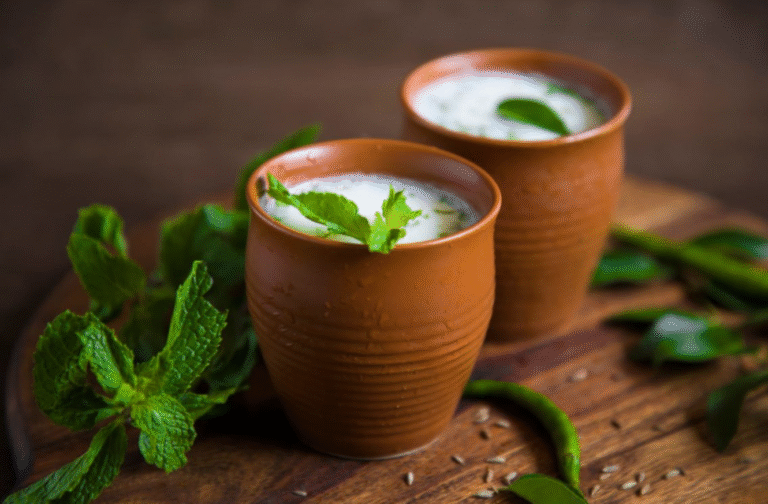Creating delicious meals starts with having the right ingredients, and buttermilk is one versatile ingredient worth having in your culinary arsenal. Commonly used in both cooking and baking, buttermilk enhances the flavor and texture of everything from pancakes to fried chicken.
Though it’s readily available in most grocery stores, making it at home can be more convenient and cost-effective. In this guide, we’ll explore the process of making buttermilk at home, its benefits, and why opting for homemade can elevate your dishes.
What is Buttermilk?
Traditionally, buttermilk was the liquid that remained after churning butter from cream. However, most buttermilk today is cultured, meaning that bacteria have been added to milk to ferment it, giving buttermilk its signature tangy taste and thicker consistency.
Despite these changes in production, buttermilk remains a powerhouse in the kitchen with unique nutritional benefits. Packed with probiotics, vitamins, and minerals, it aids digestion and supports overall health.
Benefits of Using Buttermilk in Recipes
The addition of buttermilk to recipes isn’t just about tradition; it brings substantial benefits. Key to achieving that light and fluffy texture in baked goods, buttermilk’s acidity reacts with baking soda to create carbon dioxide, giving rise to tender pancakes, muffins, and cakes. It’s also perfect for marinades, especially when tenderizing meat, breaking down proteins for a juicy, flavorful result.
How to Make Buttermilk at Home
Materials Needed
Before diving into the process, gather these simple ingredients:
- 1 cup of milk (whole or low-fat)
- 1 tablespoon of acid (vinegar or lemon juice)
Step-by-Step Process
Step 1: Start by measuring one cup of milk into a clean bowl or measuring cup.
Step 2: Add one tablespoon of either white vinegar or fresh lemon juice to the milk.
Step 3: Stir the mixture thoroughly to combine the milk and acid.
Step 4: Allow it to sit at room temperature for 5-10 minutes. You will notice that the milk begins to curdle slightly, resembling the texture of traditional buttermilk.
Tips for Best Results
To ensure the best results, use fresh milk and acids. This freshness affects the taste and ensures the mixture curdles properly. The resting period is crucial, as it allows the reaction to occur fully, transforming ordinary milk into creamy buttermilk.
Variations and Substitutes
If you’re seeking dairy-free options, you can still enjoy the benefits of buttermilk by using plant-based milk like almond or soy. Combine it with an acid like apple cider vinegar, maintaining the same 1:1 ratio for optimal results. This approach allows those with dietary restrictions to still bring the magic of buttermilk to their plates.
Conclusion
Making buttermilk at home is not only simple but rewarding, offering more than just a one-time baking hack but a gateway to lush textures and rich flavors. We encourage you to try making your own and experiment with it in recipes, savoring the genuine taste it brings. So why not give it a try today? Share your homemade creations with us and continue to explore even more delightful culinary tips by subscribing to our blog for more insightful content.
Frequently Asked Questions (FAQs)
How can I make my own buttermilk?
It’s simple! Add one tablespoon of acid, like vinegar, to one cup of milk, stir, and let it sit for 5-10 minutes until it curdles.
What is the ratio of milk and vinegar to make buttermilk?
Use one cup of milk to one tablespoon of vinegar for a perfect substitute every time.
How does milk become buttermilk?
The acid in vinegar or lemon juice reacts with the milk proteins, turning it into buttermilk with a slightly thicker consistency and tangy taste.
Is buttermilk made from curd?
No, traditional buttermilk is the byproduct of butter; cultured buttermilk is created by adding bacteria to milk, unlike curd, which is a separate dairy product.


